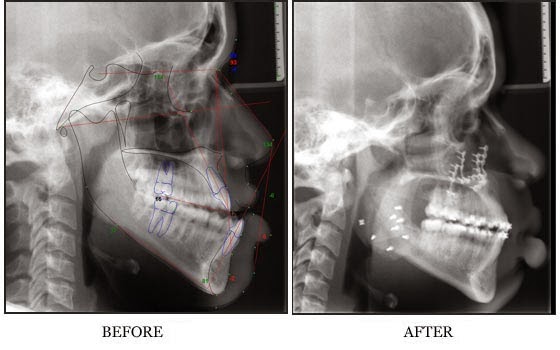To become an Oral and Maxillofacial surgeon a long path of many years of education is needed. To become an Oral and Maxillofacial surgeon in the United States the following is required;
- After graduating High School, you can major in any area but the recommended majors are; Biology, Biomedical Engineering, Biomedical Sciences, Chemistry, or any major in the health area. (4 years)
- After graduating with a four-year degree, the Dental Admissions Test (DAT) needs to be taken.
- After a 4 - year major you'll need to apply to a college of dentistry in any University or College that offers the program (4 years)
- When you're officially a dentist now you can worry about becoming an Oral and Maxillofacial Surgeon which in most U.S. schools is a program that lasts 6 years.
Total number of years of education after graduating High School: More/Less 14 years
To become an Oral and Maxillofacial surgeon in Latin America and Spain the following is required;
- After graduating High School or its equivalent you go straight to the career of "Odontologia" ( Destistry) in any University that offers the program. (5 years)
- Now that you're officially a dentist you can now worry about becoming an Oral and Maxillofacial Surgeon which in most Latin American and Spanish schools is a program that lasts 4 years.
Total number of years of education after graduating High School or its equivalent: More/Less 9 years
The number of years of education depend on where in the world you plan on becoming and Oral and Maxillofacial Surgeon. Also, this is only the rough plan of studies in the United States, Latin America and Spain.
You might be asking, why is this person writing about this?...
Well since I was a little kid my dream has always been becoming an Oral and Maxillofacial Surgeon; I just dream of the things I could do, the people I can help physically and psychologically. Today I'm enrolled in an United States High School as a senior (12th grade) and soon I will be leaving the United States to a Latin American country in order of achieving my dreams.
In the next couple of posts I'll be emphasizing on the variety of procedures that can be taken in place by an Oral and Maxillofacial Surgeon.




